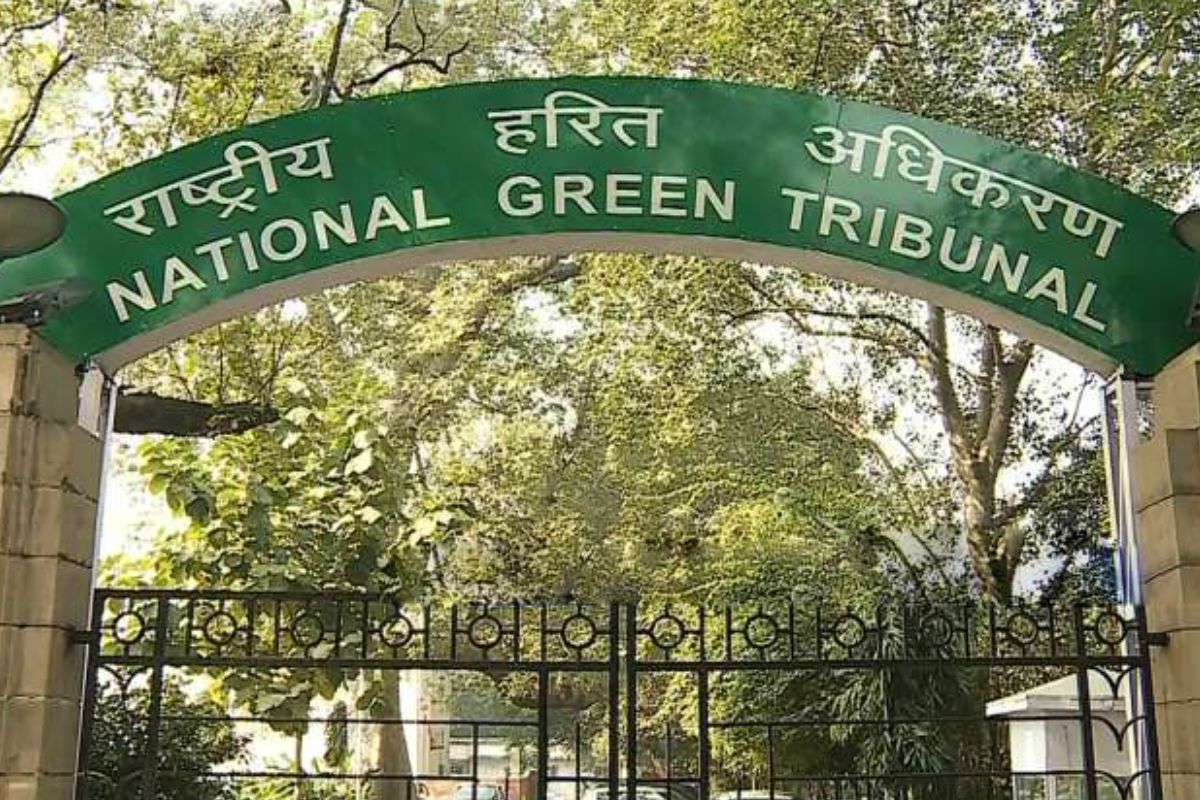NGT sets up panel to probe kidney-related deaths in Odisha’s chromite mining belts
The committee will visit the sites in question and submit its report on an affidavit regarding the allegations made in the complaint letter within four weeks.
The remedial measures would include taking “forest clearance” for plying of horses.

National Green Tribunal
The National Green Tribunal (NGT) has constituted a committee for holding talks with District Administration for taking remedial measures in the case of damage to forest by plying of horses/mules in Kufri.
The Committee comprises the Divisional Forest Officer, Shimla, and Principal Chief Conservator of Forests, Shimla,
The remedial measures would include taking “forest clearance” for plying of horses. The NGT said that the consultation exercise may be completed within two months and asked for filing an action taken report. The next date of the hearing is October 3.
Advertisement
The NGT in its order dated July 12 observed that a report was filed on May 23 by an expert committee “but no remedial measures have been taken by the authorities concerned”.
Deputy Commissioner, Shimla, Aditya Negi, told the NGT that Horse Control Rules 2016 have been notified which provides for designated areas of operation and halting points for horses. The penalty for each offence has also been notified and Police Department was entrusted with the power to challan the violators.
He said that the appropriate agency for the regulation of horse movement is the police and the control should be of the forest department as most of the land where horses operate is forest land.
The people located in Gram Panchayats of Kufri Shawah, Nala, Makhrol, Tayia earn their livelihood from operating horses.
The total length of the mule path is 1,087 meters. Out of the total 1 km, approximately 800 meters fall under the administrative control of Theog Forest Division and the said area is a reserve forest whereas, the rest of 200 meters is under the possession of Central Potato Research Institute. Kufri is located at an elevation of 2,720 meters and the best time to visit is during summer (April- June).
The trails or paths lead to the highest point of Kufri called Mahasu Peak which is one of the major attractions. An expert panel earlier in its report, dated May 23, had pointed out that “being located at the edge of a wildlife sanctuary the area is having prominent importance to deal with the management/supervision of horses operating in that area.”
The report said that “horses/ponies are being parked at random sites in large numbers and non-supervision of the same leads to the entry of horses in the nearby forest area of Shimla forest division” and Shimla wildlife sanctuary which as per Wildlife Protection Act, 1972, mandates the Chief Wildlife Warden to take all such measures as may be prescribed for immunization of communicable disease of livestock kept in or within 5 km of a sanctuary.
“Further, the act also prohibits that no person should take or cause to be taken or grazed any livestock in the sanctuary without getting it immunized. The unregulated horses/ponies are responsible for causing damage to the ecology not only of the prescribed trail/path but also responsible for the destruction of the green areas in and around the area in question. Further, it has been found that certain assets in the form of temporary shops, parking for vehicles, halting points for horses/pony, and other related activities have been created and the legalities need to be verified,” added the report.
The expert panel pointed out that “the path utilised for horse riding is poorly maintained” and the “huge no. of horses are in operation in the said area which is not only creating chaos among the visitors but also leading to fatal accidents on certain occasions”.
“Being a highly crowded area the same is not recommended for visitors who come with families and children. To assess the carrying capacity of the trail with respect to the operationalization of horse riding for the visitors, it has been calculated that 200-217 horses or ponies per day can be allowed with a check of 27 horses or ponies per hour,” said the report.
The report concluded, “Mule or horse trails have many impacts on vegetation and soil that include damage to native vegetation, soil erosion, compaction, exposure of roots, etc. Plant damage includes a reduction in vegetation height and biomass, changes in species composition, and the spread of exotic weeds and plant pathogens.”
Advertisement